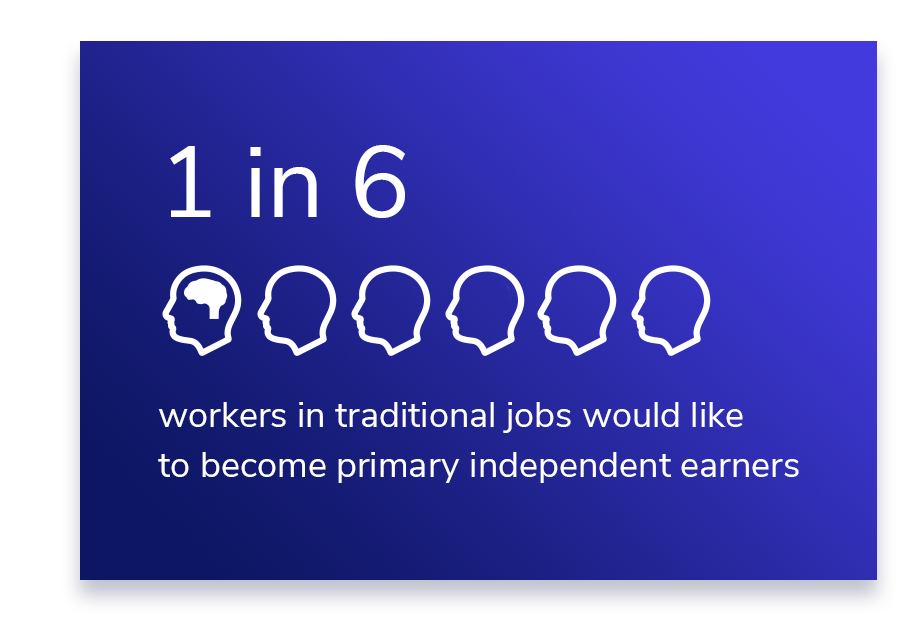The Gig Economy is Ripe for Blockchain
The gig economy
We all want a way to escape the 9 to 5 and live by our own clock. Let’s face it, the traditional work relationships we know now are being replaced at a rapid rate with more flexible, on-demand options available than ever before.
The gig economy will tear down hierarchies, provide on-demand payment, increase transparency, create dynamic teams, and democratize pay using technological advances to increase connections on blockchain.
Background
The gig economy is defined as short-term work relationships between employers and employees. The gigs take on varying lengths from short-term assignments to long-term projects based around on-demand needs.
The primary benefit is the flexibility for employers and employees while meeting the needs of on-demand consumers. Granted the use of the term gig economy is more recent, the tasks are an extension of many nontraditional jobs that have been held for decades such as taxi drivers, independent contractors, and temporary workers.
Technology has been a major driver in the growth of the gig economy, making it easier for employees and employers to connect. Blockchain will further revolutionize the traditional workplace, providing more dynamic and on-demand options for employers and workers.
Market size
The independent workforce in the US and EU-15 is expected to grow from 162 million to 270 million people. While a large number of workers in the US and EU-15 participate in the gig economy, only 9 million have used digital platforms like Uber, TaskRabbit, Deliveroo or Upwork to do so.
The lack of tasks completed online compared to the overall market highlights the opportunity for technology, specifically blockchain, to continue to grow the space.
Even more, when analyzing the increase of market participation one must look at the number of young people in the marketplace.

In fact, the potential for the gig economy is highlighted by traditional companies like Procter and Gamble dedicating resources and seeing results from augmenting their workforce with on-demand employees. P&G is not the only large legacy employer buying into the gig economy.
According to Accenture, 85% of IT and Business executives say they plan to increase their organization’s use of independent workers over the next year. Legacy employers entering the gig economy will allow for sustained growth and the ability to grow and fill a blockchain database filled with verified gigs.
Current limitations
A decentralized and competitive marketplace will hedge the risk of exploitation by employers. A major concern is making sure employees are paid promptly and fairly for their time, which will be alleviated through a blockchain.
Furthermore, companies want to make sure they are paying a competent individual that will not only perform the task but will be complete it at a high level. They cannot risk falling behind on deadlines and missing projections due to poor staffing, which leads to reluctance in consumers considering the gig economy.
Recap
The gig economy will tear down hierarchies
Blockchain will provide
- On-demand payment
- Increased transparency
- Create dynamic teams
- Democratize pay
- Increased connections
The gig economy is rapidly growing and consumers transition towards on-demand needs. Blockchain will allow all companies and workers to participate in this economy in an efficient and effective manner.